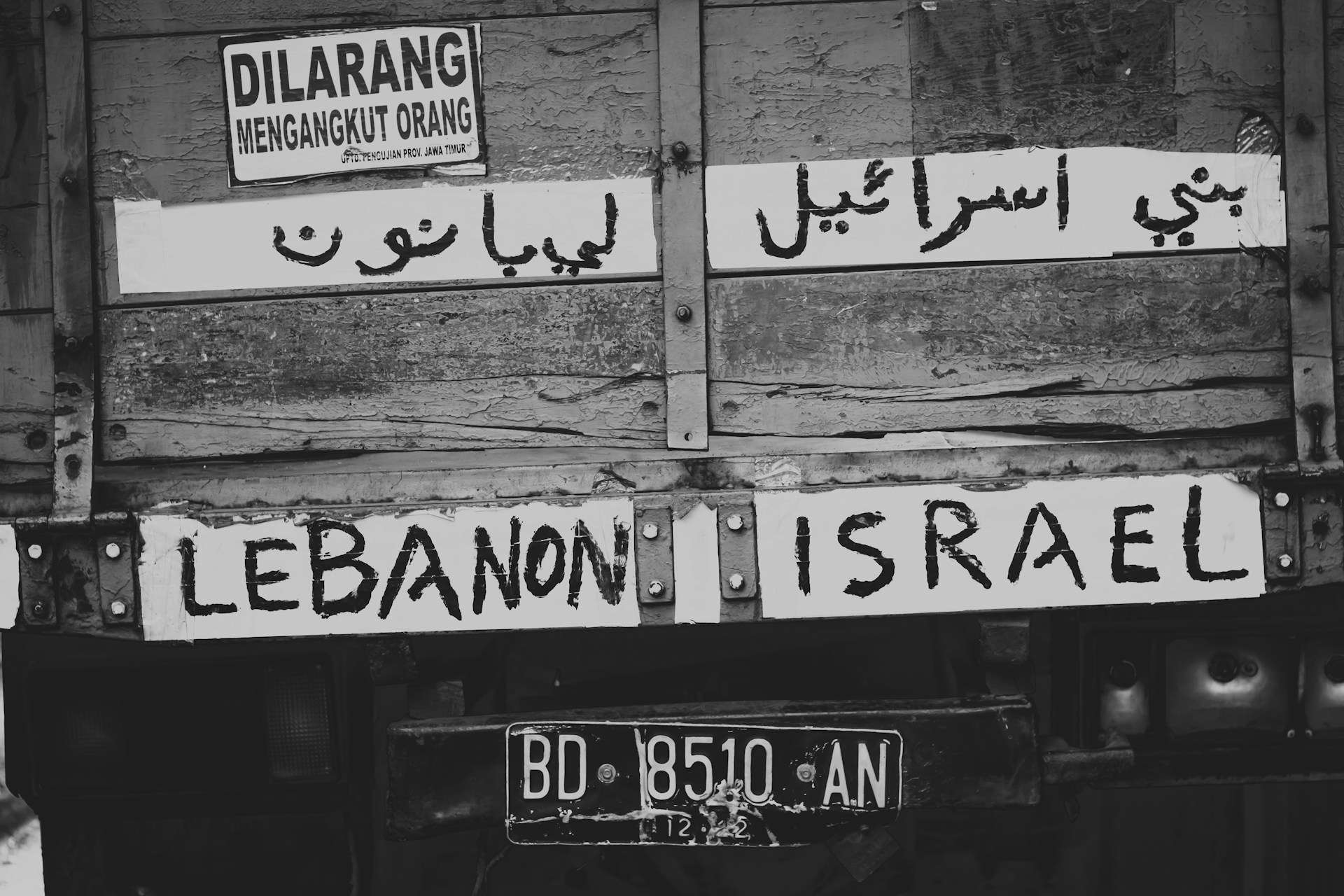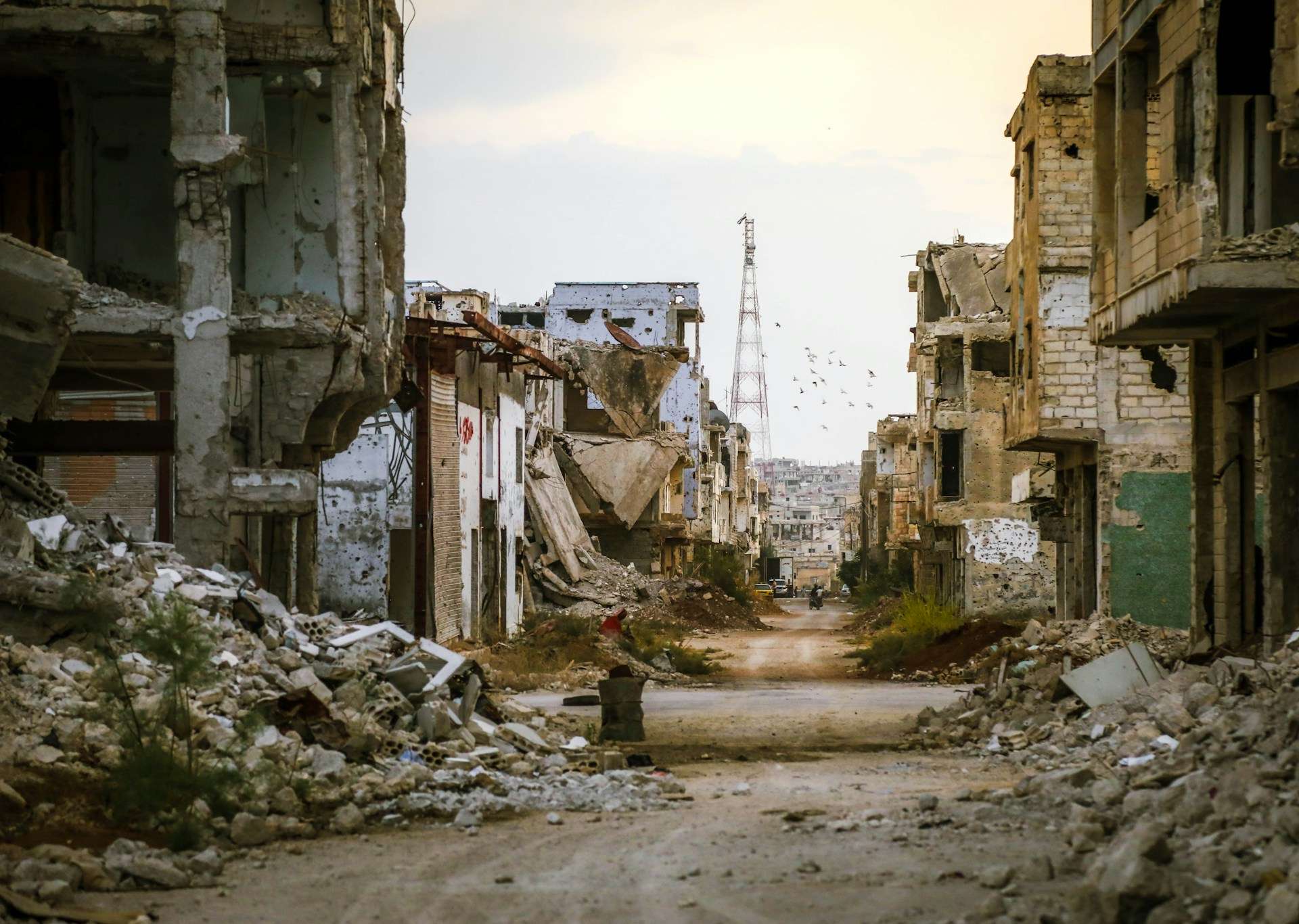A Year of Conflict Comes to a Halt
The skies over southern Lebanon and northern Israel fell silent on the morning of November 27, 2024, as a ceasefire brokered by the United States and France took effect. The truce followed 14 months of relentless fighting between the Israeli military and Hezbollah, the Shia armed group based in Lebanon. While the agreement brought a reprieve from the violence, it also underscored the uneasy calm prevailing over a region scarred by war.
The ceasefire required the simultaneous withdrawal of Israeli forces from southern Lebanon and the deployment of the Lebanese army to the area, with no other armed groups allowed to operate there. However, the terms specified a 60-day timeline for implementation, leaving ample room for disputes.

Warnings and Maps: An Uneasy Return Home
As the truce began, the Israeli military issued a stark warning to Lebanese civilians: avoid returning to 60 villages in the south. The Israel Defense Forces (IDF) published a map delineating areas deemed too dangerous for habitation, citing risks of hidden weapons and potential clashes. For the displaced, the directive added another layer of uncertainty to their already precarious lives.
Despite these warnings, many residents cautiously ventured back, driven by the hope of rebuilding shattered homes. However, reports of sporadic exchanges of fire between Israeli and Hezbollah forces painted a picture of a ceasefire riddled with mistrust.
Leaders Respond: Victory and Vigilance
Israeli Prime Minister Benjamin Netanyahu, in his first interview after the ceasefire, emphasized his readiness to respond aggressively should Hezbollah violate the agreement. He instructed the IDF to wage an “intensive war” if necessary. Meanwhile, Hezbollah leader Naim Qassem hailed the ceasefire as a victory, asserting that the group had thwarted Israel’s attempts to destroy it. Yet, this narrative clashed with the grim reality of widespread destruction in Lebanon and significant losses within Hezbollah’s leadership ranks.
Violations Test the Ceasefire
Barely three days into the truce, Israeli aircraft targeted alleged Hezbollah weapons smuggling sites along the Syria-Lebanon border. The strikes, which Israel claimed were a response to ceasefire violations, underscored the fragile nature of the agreement. Lebanon, for its part, accused Israel of breaching the terms of the deal, deepening mutual animosity.
One particularly contentious incident occurred on November 30, 2024, when an Israeli airstrike on a car in southern Lebanon killed five individuals, including three workers from the U.S.-based charity World Central Kitchen (WCK). Israel alleged that one of the victims was a terrorist involved in earlier attacks, while WCK and local officials denied any such ties. The tragedy highlighted the complex interplay between humanitarian efforts and military operations in conflict zones.
A Historical Backdrop of Hostility
The current conflict traces its roots to October 2023, when Hezbollah launched attacks on Israel in solidarity with Hamas following its assault on southern Israel. The subsequent escalation saw Israel conduct a sophisticated campaign to dismantle Hezbollah’s operational capabilities, including targeted assassinations of top leaders and intensive aerial bombardments. By the time the ceasefire was negotiated, both sides had endured heavy losses, with southern Lebanon bearing the brunt of the devastation.
The Role of International Actors
The ceasefire agreement was brokered with significant involvement from the United States and France, highlighting the international community’s vested interest in stabilizing the region. However, the path to lasting peace remains uncertain, as both sides interpret the terms of the deal differently.
In this volatile environment, the United Nations and humanitarian organizations face immense challenges. The deaths of aid workers, including those from WCK, have raised questions about the safety of humanitarian missions and the difficulties in distinguishing combatants from civilians.
Looking Ahead: A Tenuous Future
As the 60-day timeline for implementing the ceasefire progresses, the region’s future hangs in the balance. The simultaneous withdrawal of Israeli forces and the deployment of the Lebanese army are pivotal steps, yet they demand unprecedented coordination and trust between adversaries.
For the residents of southern Lebanon, the prospect of rebuilding their lives remains fraught with uncertainty. For Israel, vigilance against Hezbollah’s resurgence is paramount. And for the international community, the ceasefire represents a fragile achievement in a region where peace often feels elusive.
In this charged atmosphere, even the smallest spark could reignite the flames of conflict, making the ceasefire less a conclusion than a precarious pause.

